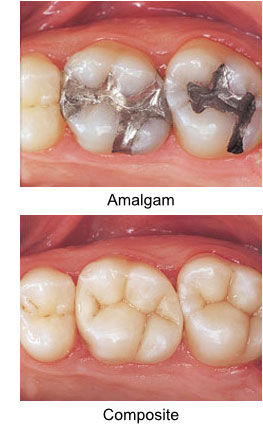Fillings
Dental Services
717-761-1300Creating your perfect SMILE |
Dental Services


Address
4004 Trindle Road
Camp Hill, PA 17011
Phone: 717-761-1300
Mon – Thurs: 8 AM – 5 PM
(closed for lunch 1 PM – 2 PM)
We will begin scheduling through other providers within our group practice to ensure a smooth transition of your dental treatment plan. Please click here to view our other doctor bios or to request an appointment.
